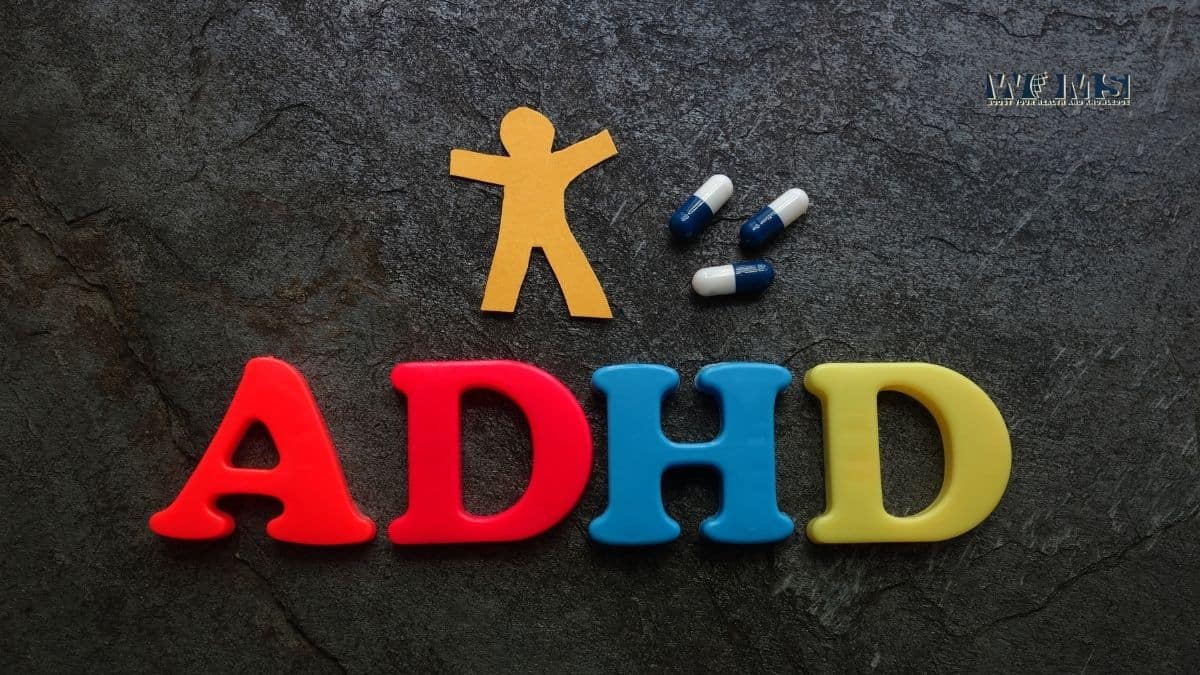What to Expect During ADHD Testing

The symptoms of ADHD can be categorized by two types of behavioral problems: inattention and hyperactivity-impulsivity. These symptoms can range from mild to severe and may continue into adulthood. Diagnosing a child or an adult with ADHD is no simple task. It involves a process with several steps. Suppose your child or a loved one is looking for ADHD testing in Miami. In that case, it may be because they have been dealing with many problems, such as sleep disorders, depression, anxiety, or learning disabilities, just to name a few.
The first step in determining whether anyone has ADHD is approaching a healthcare provider with your concerns and finding out whether the symptoms they display fit this diagnosis. Many specialists can help you at this point. They can be a mental health professional, a pediatrician, a primary care provider, a psychologist, or a psychiatrist. These healthcare providers can also determine whether the child is suffering from another condition that better explains the symptoms.
During Your Doctor’s Visit
During a first visit to a doctor or other healthcare provider, the patient or their relatives will be interviewed, and the patient will be observed in a social interaction. The doctor needs to determine how their symptoms impact their daily lives, thinking about their lifestyle habits, productivity, and behavioral patterns. At this point, it is important to rule out other conditions as well.
In the case of children, the doctor will talk to the parents about their concerns and the symptoms their child has exhibited. The parents will have to share at what age those symptoms first appeared and in what conditions the symptoms are present. The parents may inform the doctor about comments they have received from the school and show samples of the child’s work and report cards.
If the patient is an adult, the spouse or other family members may also be interviewed to discuss any symptoms they may have detected. The patient will also let the provider know whether they were diagnosed with ADHD as children and, if not, what symptoms they are experiencing and how they affect their daily lives, family life, and professional development.
What Can a Doctor Do to Rule Out Other Conditions?
A healthcare provider can rule out other conditions by giving the patient a test for their hearing and eyesight. They may also order blood tests to measure lead levels and discover conditions such as thyroid disease. They may also conduct a test to measure the electrical activity in the brain and order a CT scan or MRI to rule out any brain abnormalities.
What Do Doctors Look For?
Some guidelines have been established by the American Psychiatric Association. They have categorized ADHD into three identifiable types. Patients can exhibit the inattentive type when they display symptoms such as inattention to details, making careless mistakes, not listening, having trouble organizing tasks or activities, losing things, or being easily distracted.
A patient can have the hyperactive-impulsive type when they fidget or squirm constantly, get up from their seat a lot, cannot play quietly, talk excessively, have trouble waiting their turn, and interrupt others.
The third type is a combination of the two types, and is the most common type of ADHD diagnosed. This means that patients exhibit symptoms in both of the above diagnostic types.
What Steps Are Involved in ADHD Testing?
To properly and accurately diagnose ADHD, the patient must undergo several different types of assessments since there is no single test to diagnose this condition. Some specific evaluations that might be included in the process of diagnosing ADHD may be:
Behavior Assessment System for Children (BASC)
This diagnostic test looks for symptoms related to aggression, hyperactivity, behavioral issues, attention problems, learning issues, anxiety, and depression. It also studies learning problems and a deficiency in certain basic skills.
Conners Rating Scale
This scale uses a questionnaire to check the symptoms related to behavior, school, interpersonal functioning, and work to determine how symptoms impact home life, relationships, academics, and other life areas. Healthcare providers can also use the Conners Adult ADHD Rating Scales to assess this condition in adults.
Child Behavior Checklist/Teacher Report Form (CBCL)
This diagnostic tool assesses behavioral and social issues, including aggression, physical complaints, and withdrawal. It may be applied as a first diagnostic step when teachers and other adults that are in constant contact with the child receive complaints or notice their unruly behavior.
Tests of Variable Attention (TOVA)
These tests are used to assess the ability to pay attention to non-preferred tasks, usually used in conjunction with other assessments.
Adult ADHD Self-Report Scale (ASRS)
This self-report test is used to look for ADHD symptoms in adults. This may happen when adults notice something different about their behavior compared to others around them.
Neuropsychiatric EEG-Based Assessment Aid (NEBA) System
This assessment involves measuring brain wave patterns, which tend to be higher in children with ADHD; it is approved for use in children ages six through 17.
The healthcare provider will also ask the parents, teachers, and other adults who care for the child or live with them about their behavior in different situations, like at home, school, or with other children their age. For adults with suspected ADHD, the healthcare provider may ask about their childhood symptoms and current functioning at work or in relationships. The healthcare provider will also attempt to rule out other conditions that can have similar symptoms or occur with ADHD, such as sleep disorders, anxiety, depression, and certain types of learning disabilities.
If you are concerned about whether you, your child, or another loved one might have ADHD, the first step is to talk with a healthcare provider to find out more about the evaluation process and the available treatment options. Once diagnosed, it is important to follow all doctor’s instructions regarding treatment to make the condition easier to manage.




